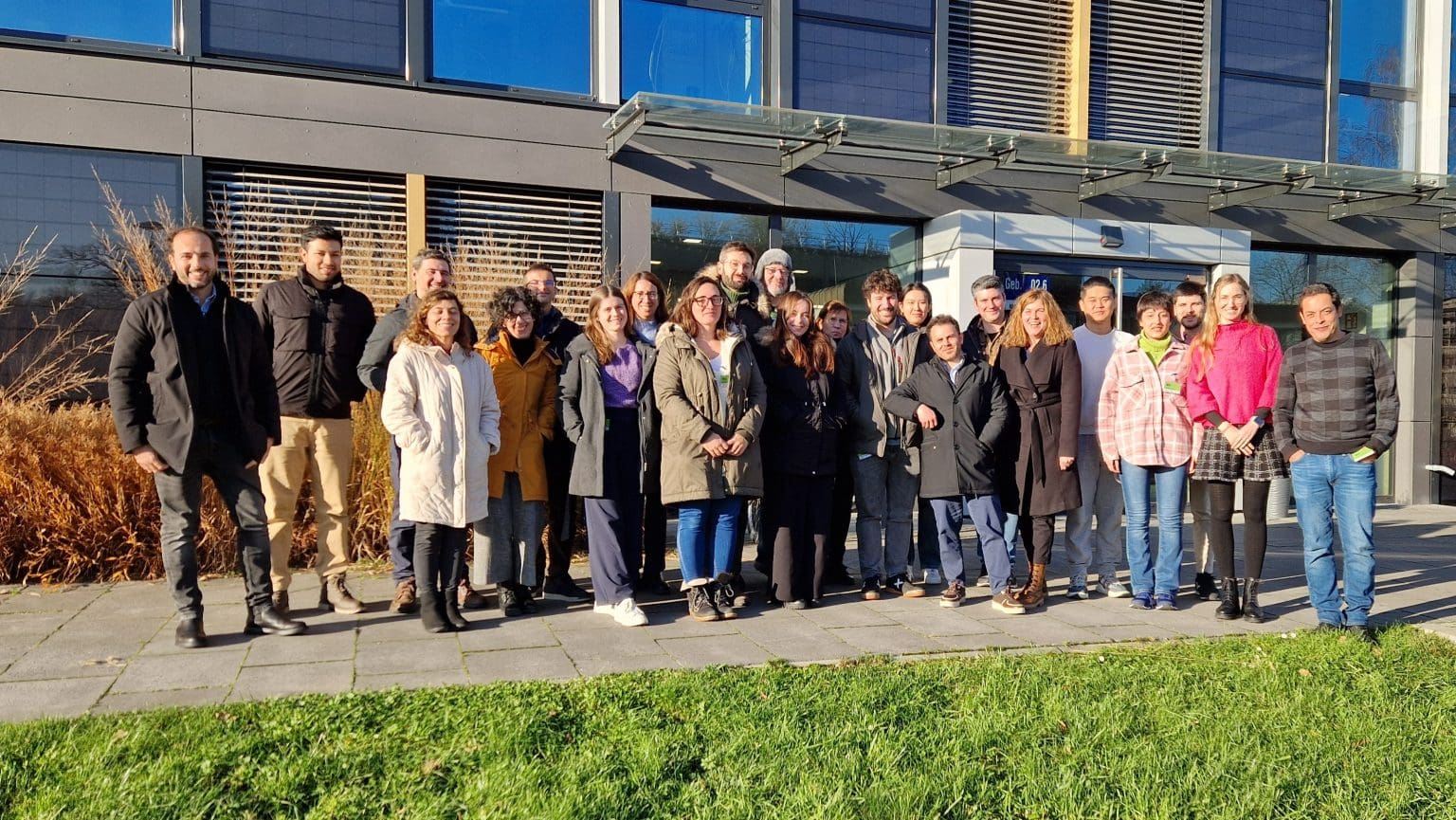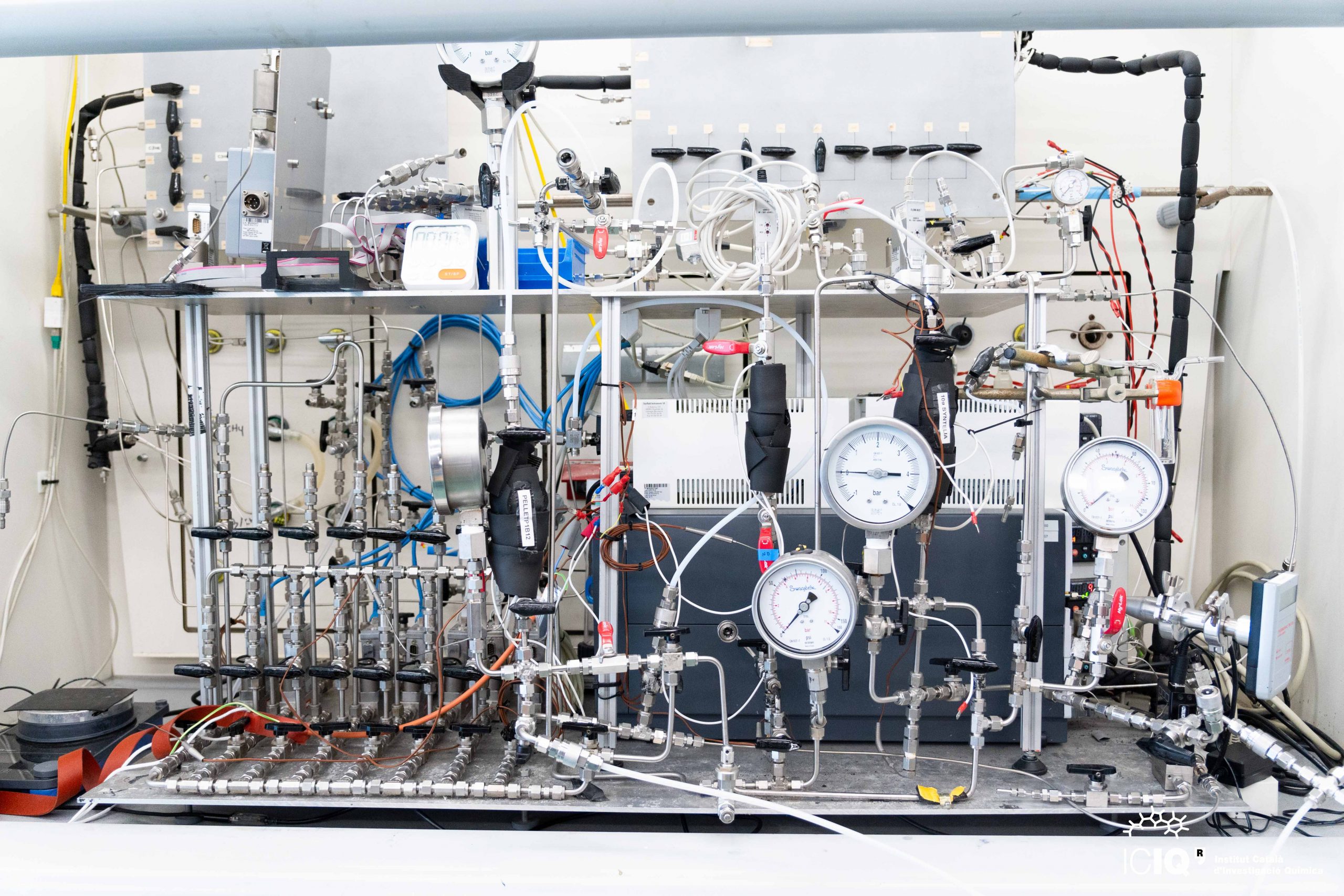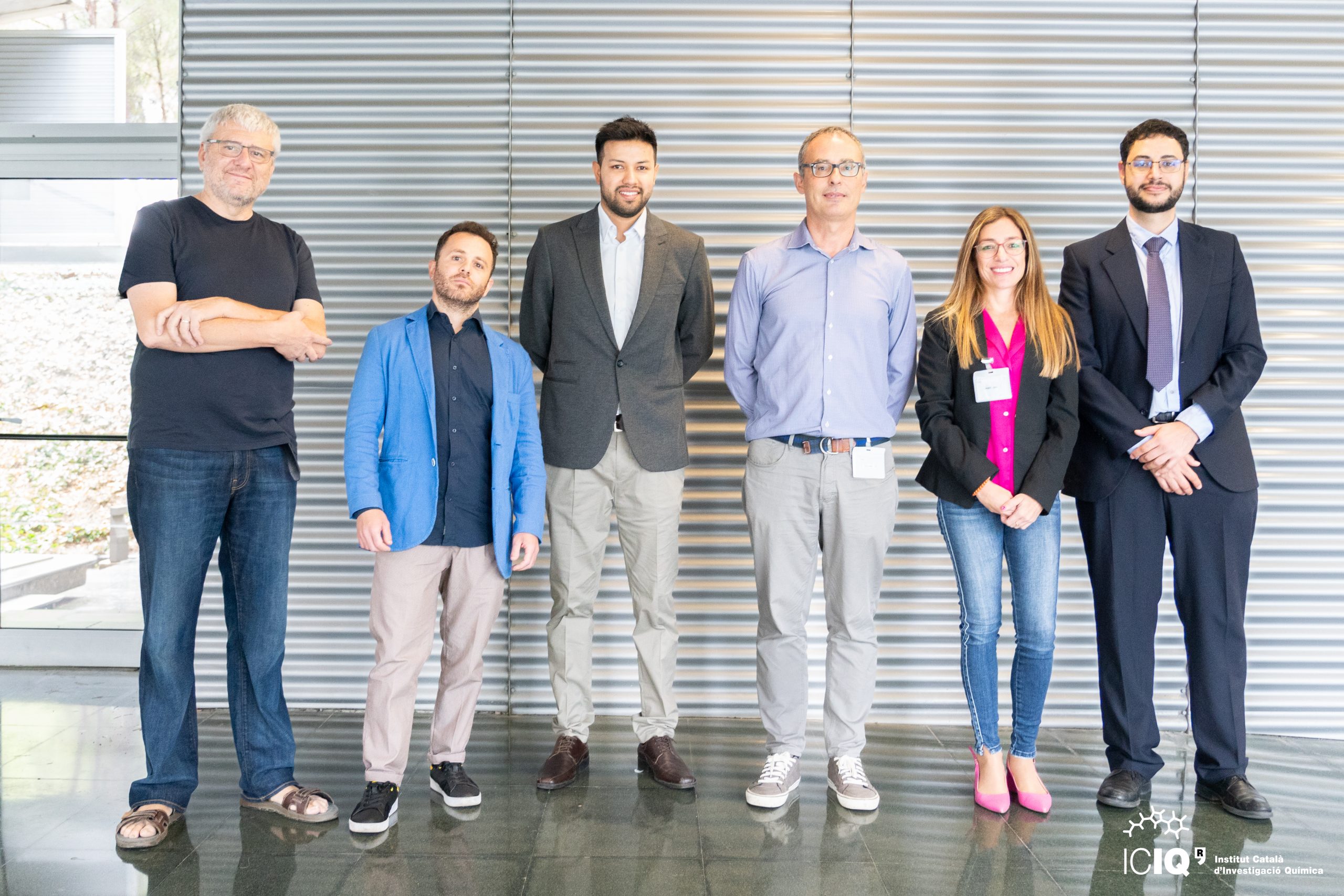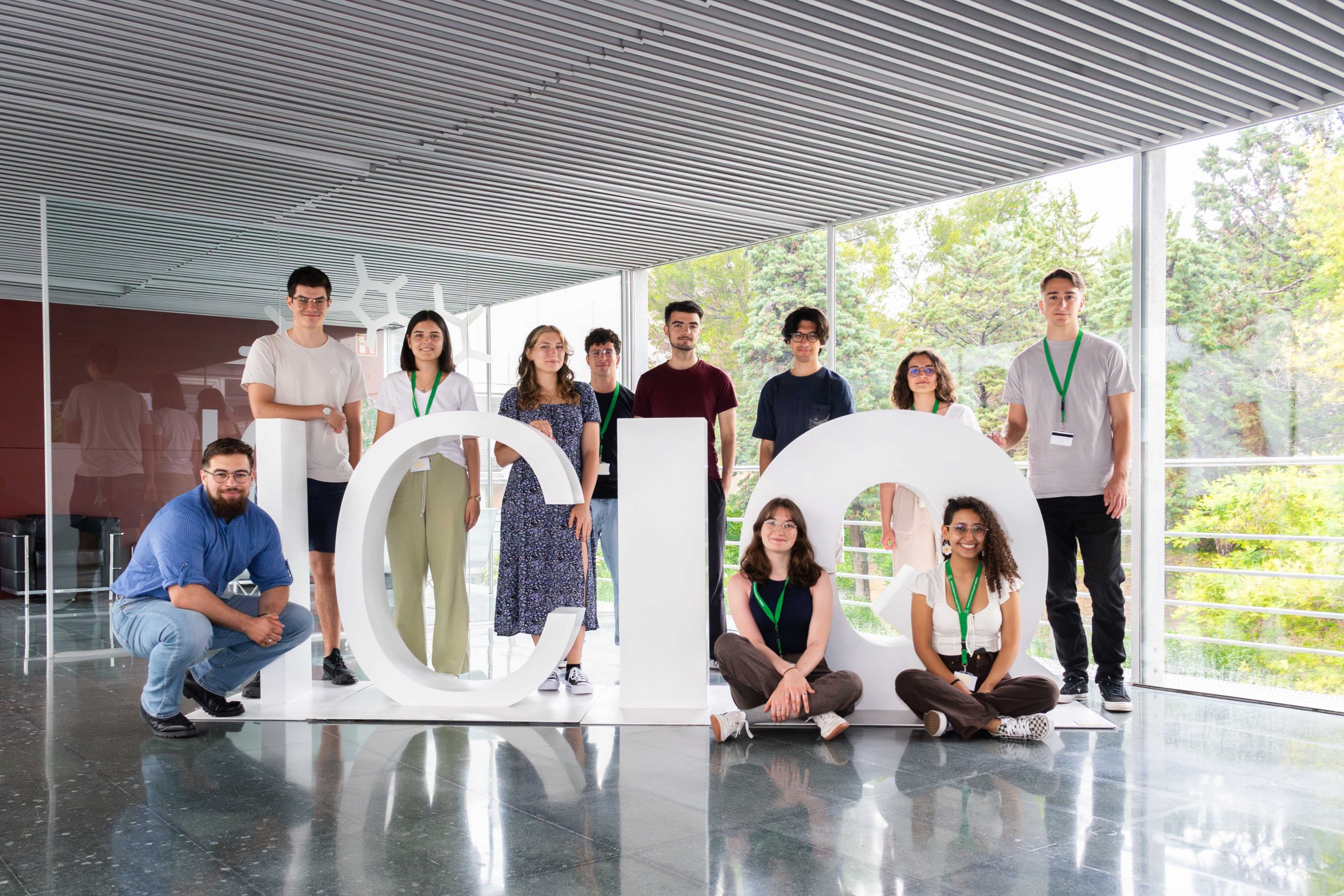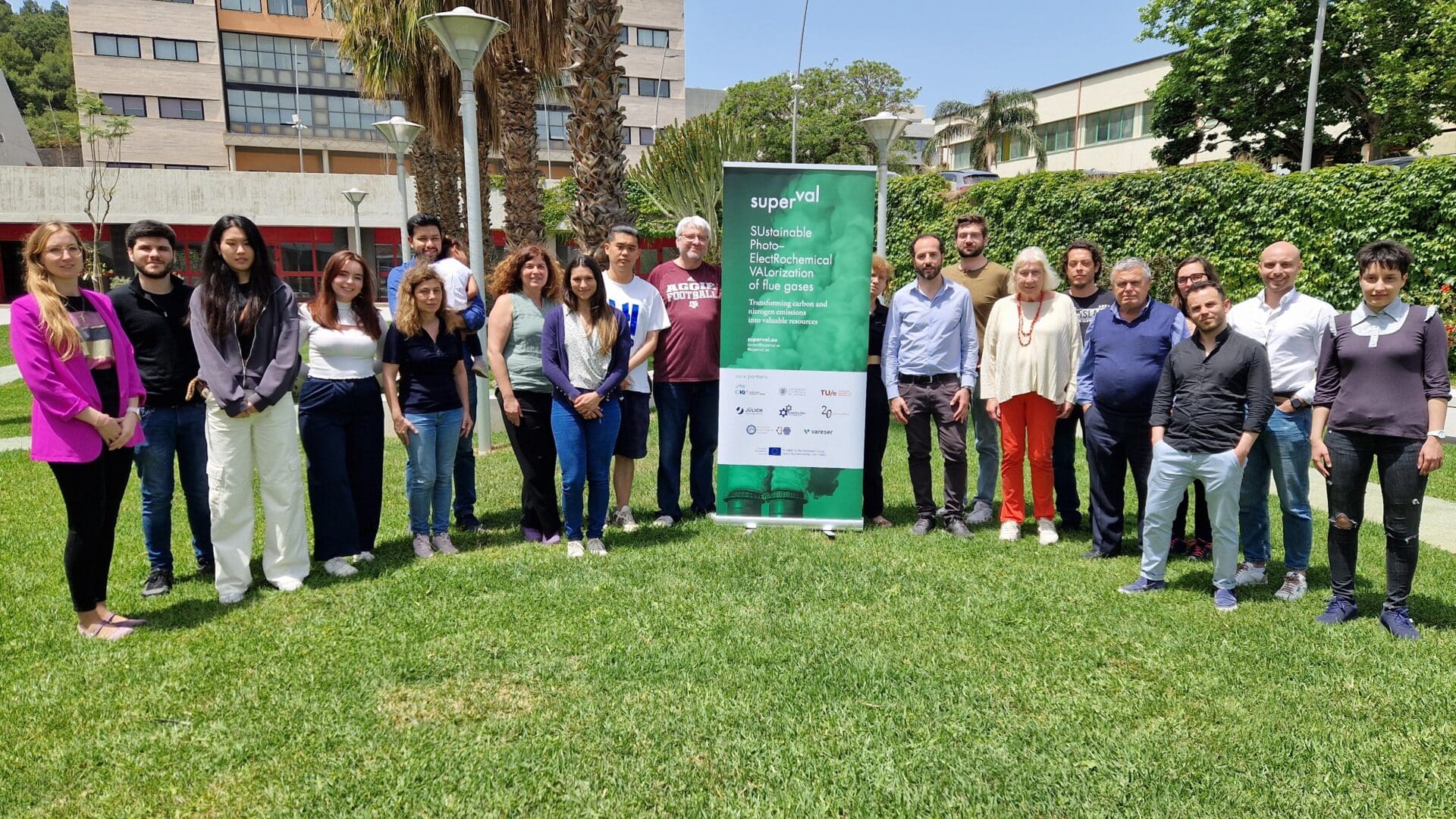TAMOF-1 HPLC columns enhance efficiency and versatility in pharmaceutical applications
The team is now optimising the material for chiral separations, which is more versatile, robust, reusable and predictable

The Institute of Chemical Research of Catalonia (ICIQ) has made a significant advance in the pharmaceutical drug development and production using metal-organic frameworks (MOFs) for chiral molecule separation process. Researchers from the centre, in collaboration with the Eindhoven University of Technology (TU/e), the Universitat de Barcelona (UB) and Universidad Pablo de Olavide (UPO), have developed a novel methodology that improve the separation of molecules. It uses a material called TAMOF-1 as chiral stationary phase (CSP) for high-performance liquid chromatography (HPLC) columns.
This approach combines computational modelling and experimental work for efficient and predictable separation of complex racemic mixtures making pharmaceutical production more efficient and reducing trial-and-error efforts in drug separations.
The research team successfully demonstrated that TAMOF-1, as a chiral stationary phase within HPLC columns, could separate racemic mixtures across a range of molecular sizes, geometries, and functional groups. Unlike many current CSPs, TAMOF-1 is effective with both polar and non-polar solvents, making it versatile for various pharmaceutical applications. The TAMOF-1 offers long-sought and unique structural features, such as three-dimensional porous channels, open-metal sites and chiral pockets, which make it highly effective at separating different types of molecules.
“By using both computational predictions and experiments, we demonstrated that TAMOF-1 columns can efficiently separate complex racemic mixtures and we could predict the separation of enantiomers based on their molecular-surface interactions when diffusing through the 3D crystalline framework with over 90% accuracy”, states Prof. Galán-Mascarós. And ads: “These columns showed high-performance separation capabilities, successfully resolving enantiomeric pairs exhibiting very different chemical functionalities, including terpenes, calcium channel blockers, and phosphorus-stereogenic compounds”.
Moreover, TAMOF-1 columns are versatile, as they can be used with different solvents and have shown long-term stability even after years of use. This makes the new method a cost-effective and reliable option for the pharmaceutical industry, potentially improving the quality of drug development and reducing time-consuming experiments and chemical waste.
The research appeared in an ACS Applied Materials & Interfaces article (2023). It was conducted by Dr. José Luis Núñez-Rico (ICIQ), Dr. Juanjo Cabezas-Giménez (ICIQ), Dr. Vanesa Lillo (ICIQ), Dr. Salvador R. G. Balestra (US), Prof. José Ramón Galán-Mascarós (ICIQ), Prof. Dr. Sofía Calero (TU/e), and Prof. Anton Vidal-Ferran (UB). The ICIQ team is now optimising the powder material to be more effective and to expand the separation capabilities, obtaining improved material morphologies for a better application.
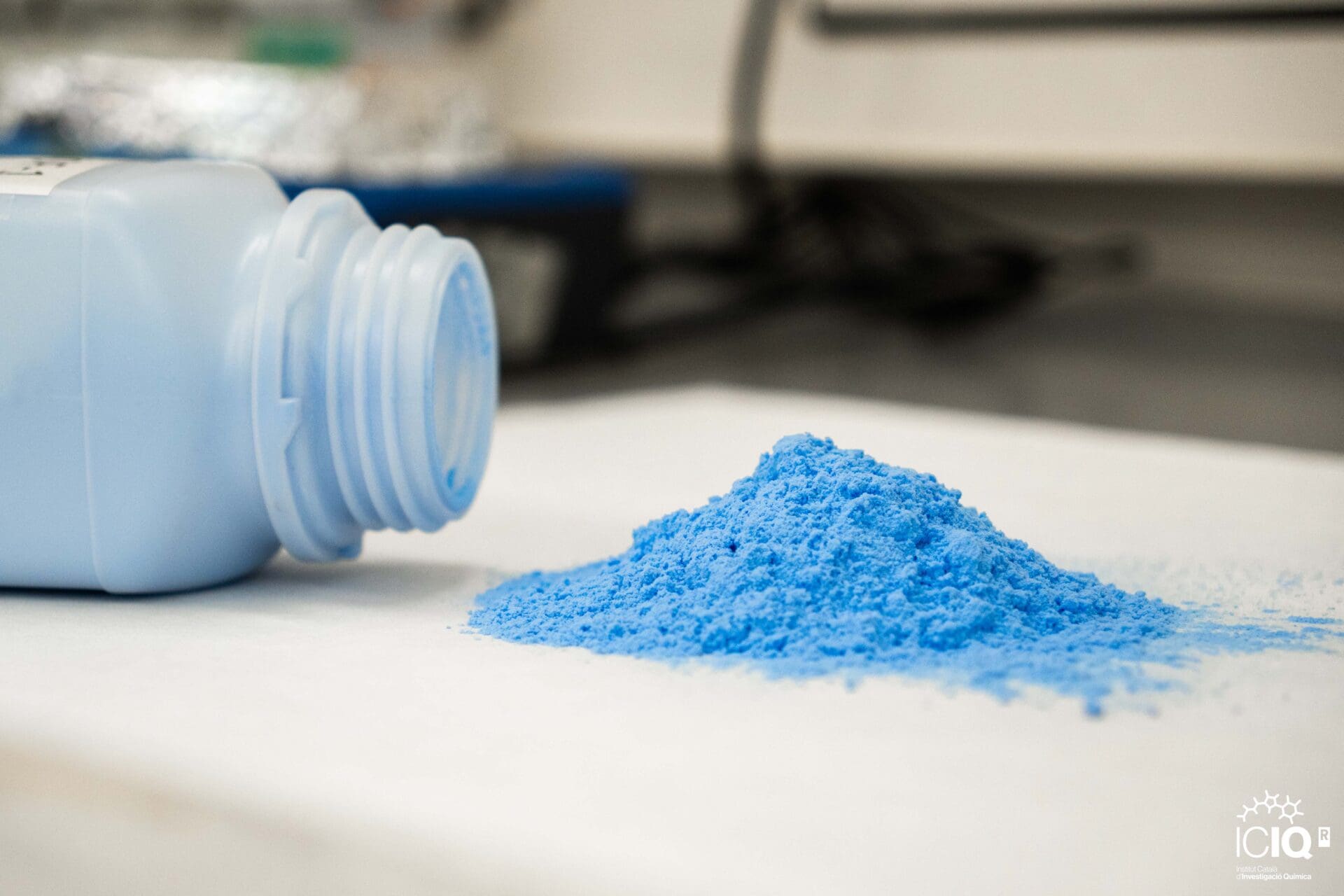
Related news

Let's create a brighter future
Join our team to work with renowned researchers, tackle groundbreaking
projects and contribute to meaningful scientific advancements





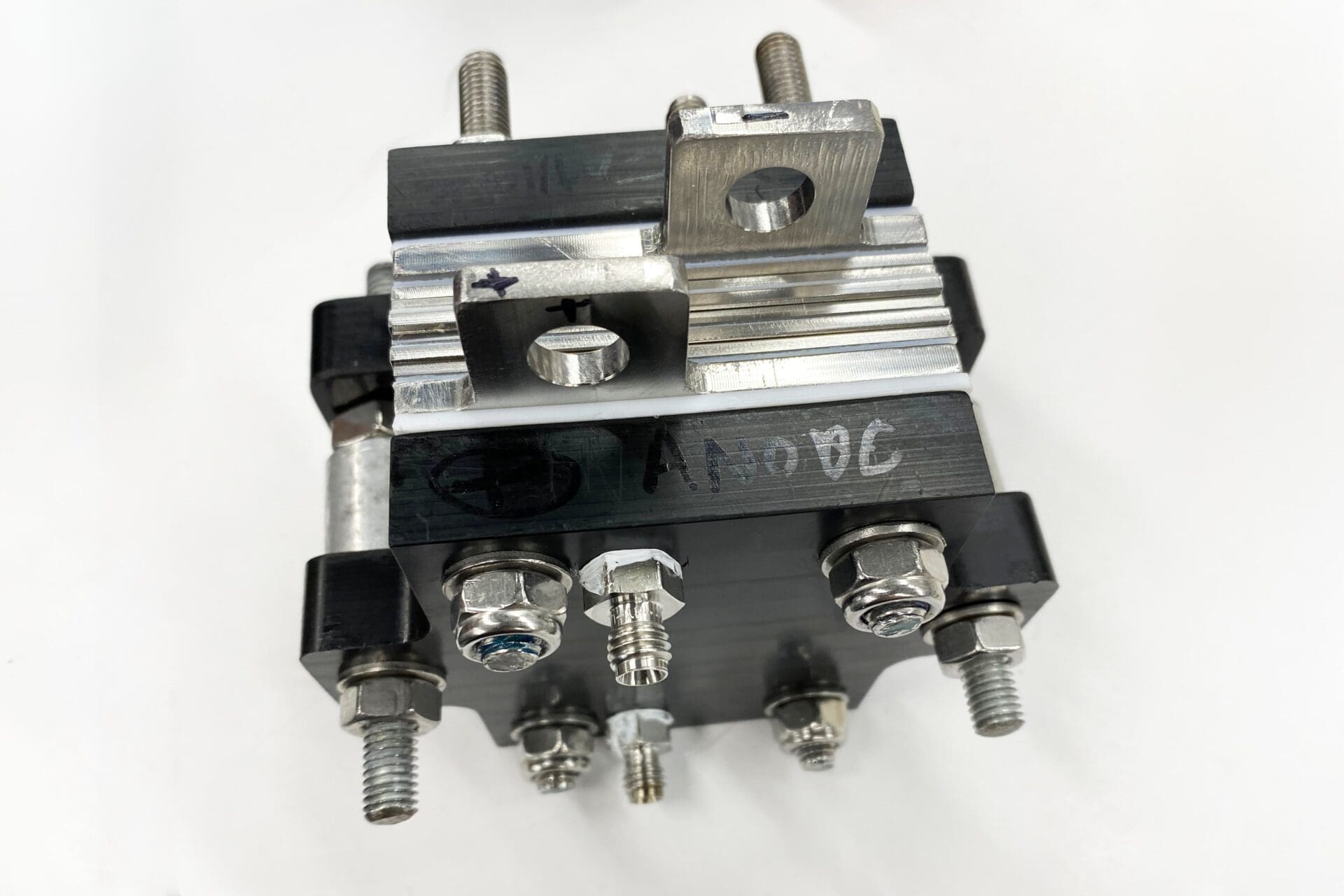
 09-12-2024
09-12-2024 